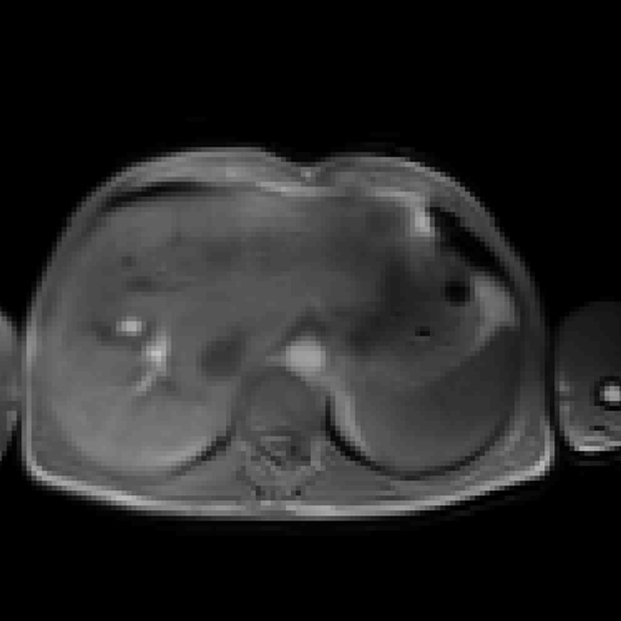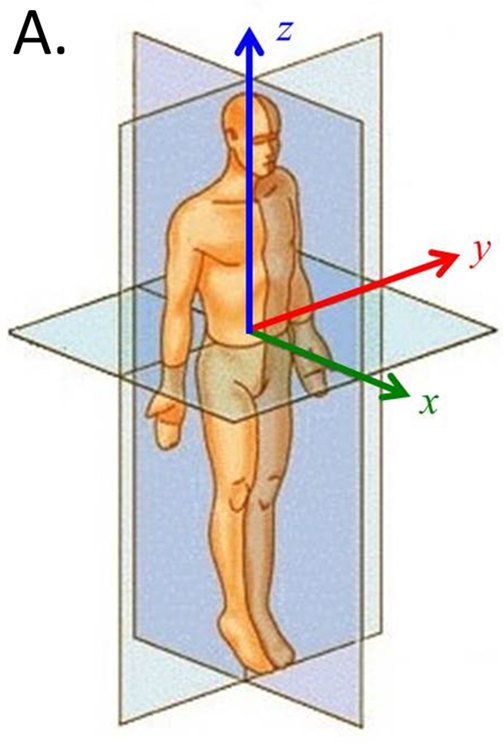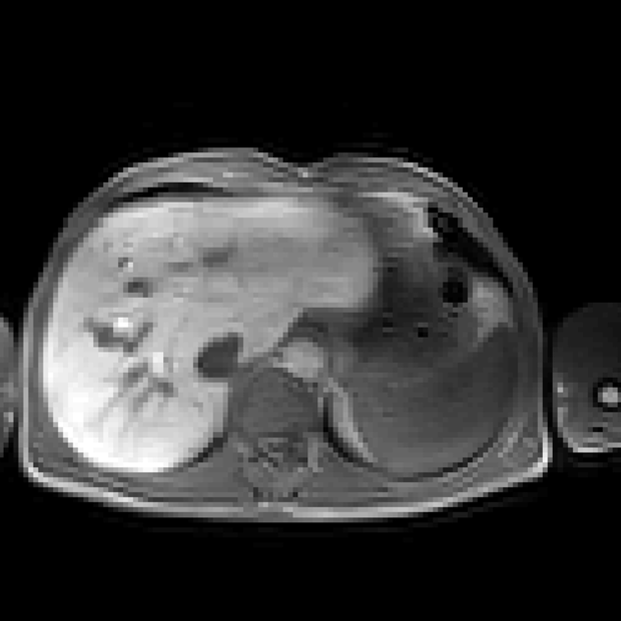Tian Zhang's paper on Dynamic Contrast-Enhanced MRI published in PLOS ONE
Tian Zhang's paper "A pharmacokinetic model including arrival time for two inputs and compensating for varying applied flip-angle in dynamic gadoxetic acid-enhanced MR imaging" is published in PLOS ONE.
Purpose
Pharmacokinetic models facilitate assessment of properties of the micro-vascularization based on DCE-MRI data. However, accurate pharmacokinetic modeling in the liver is challenging since it has two vascular inputs and it is subject to large deformation and displacement due to respiration.
Methods
We propose an improved pharmacokinetic model for the liver that (1) analytically models the arrival-time of the contrast agent for both inputs separately; (2) implicitly compensates for signal fluctuations that can be modeled by varying applied flip-angle e.g. due to B1-inhomogeneity.
Orton’s AIF model is used to analytically represent the vascular input functions. The inputs are independently embedded into the Sourbron model. B1-inhomogeneity-driven variations of flip-angles are accounted for to justify the voxel’s displacement with respect to a pre-contrast image.
Results
The new model was shown to yield lower root mean square error (RMSE) after fitting the model to all but a minority of voxels compared to Sourbron’s approach. Furthermore, it outperformed this existing model in the majority of voxels according to three model-selection criteria.
Conclusion
Our work primarily targeted to improve pharmacokinetic modeling for DCE-MRI of the liver. However, other types of pharmacokinetic models may also benefit from our approaches, since the techniques are generally applicable.
The whole article can be read here.


